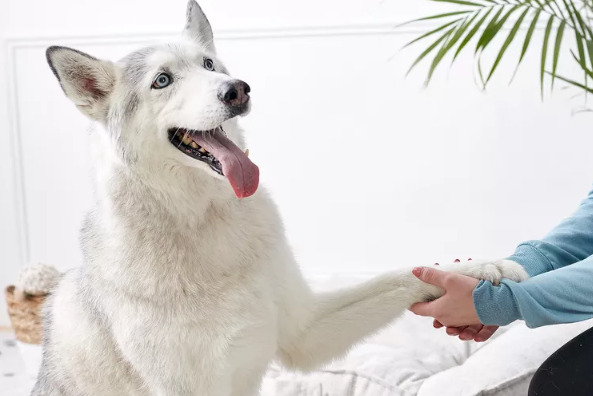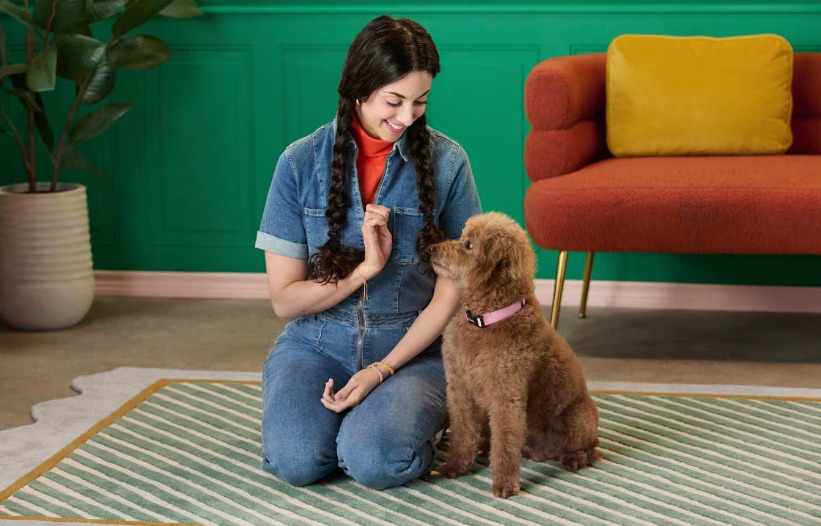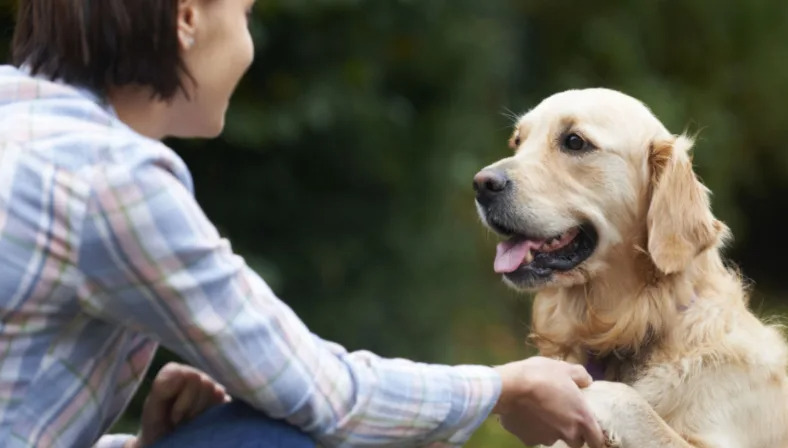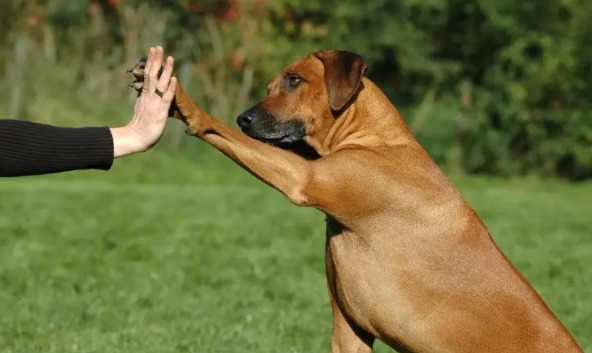
Benefits of Teaching a Dog to Shake
Teaching a dog to shake paws can be an enjoyable and rewarding experience. This skill not only impresses others, but it also enhances the bond between you and your furry friend.
How to Teach a Dog to Shake a Paw: Step-by-Step Instructions
1. Start by establishing a positive and calm environment. Find a quiet space where distractions are minimized.
2. Begin with basic obedience training. Teach your dog simple commands such as “sit” and “stay” before moving on to handshake training.

3. Once your dog is familiar with the basic commands, introduce the handshake cue. You can use a verbal cue like “shake” or a hand gesture. Be consistent with your chosen cue throughout the training process.
4. Hold a treat in your closed hand and present it to your dog. Wait for your dog to sniff and paw at your hand. As soon as your dog touches your hand, use a clicker or a verbal marker (e.g., “yes”) to signal success and reward your dog with praise and a treat.
5. Gradually progress to asking your dog to touch your closed hand with its paw. To guide your dog, you can place your hand slightly above the ground or raise it to your dog’s height. Continue using the clicker or verbal marker and reward your dog for each successful attempt.

6. Once your dog consistently paws at your closed hand, start opening your hand gradually. Encourage your dog to touch your open palm with its paw. Again, use the clicker or verbal marker to mark the desired behavior and reward your dog accordingly.
7. Repeat the training sessions regularly, gradually reducing the reliance on the closed hand and increasing the emphasis on the open palm. With time and practice, your dog will begin to associate the gesture with the “shake” cue.
8. As your dog becomes more proficient, introduce the verbal cue “shake” simultaneously with the hand cue. Eventually, your dog will recognize and respond to the verbal cue alone.
9. Reinforce the training regularly by incorporating shake paw exercises into your dog’s daily routine. This helps to reinforce the behavior and maintain your dog’s ability to shake paws.

Remember, consistency, patience, and positive reinforcement are key to successfully teaching your dog to shake paws. Celebrate your dog’s progress by praising and rewarding them, and enjoy the pride that comes with creating a well-trained and obedient companion.

